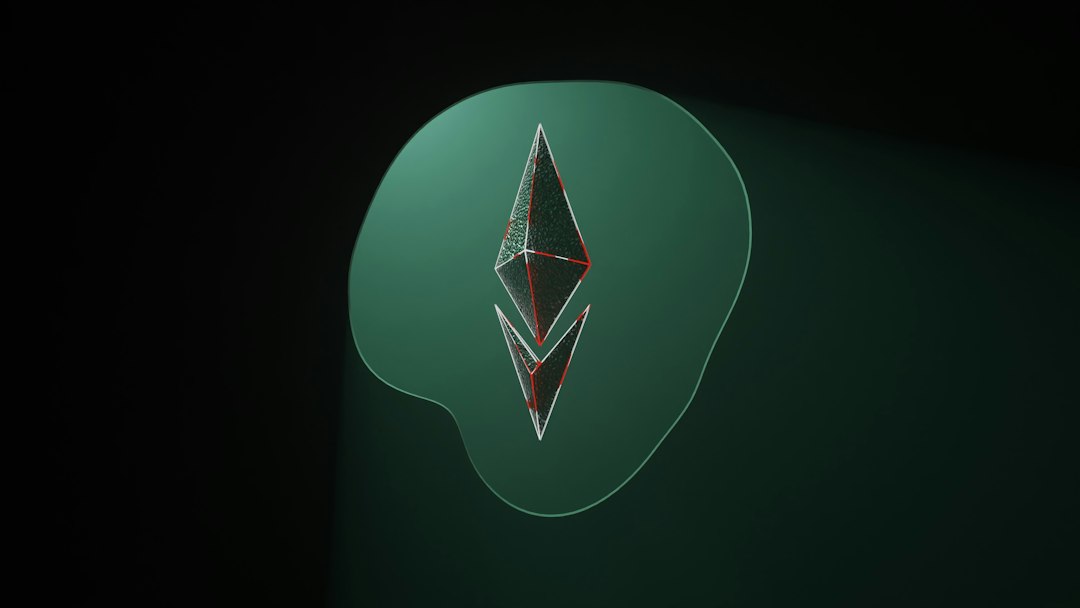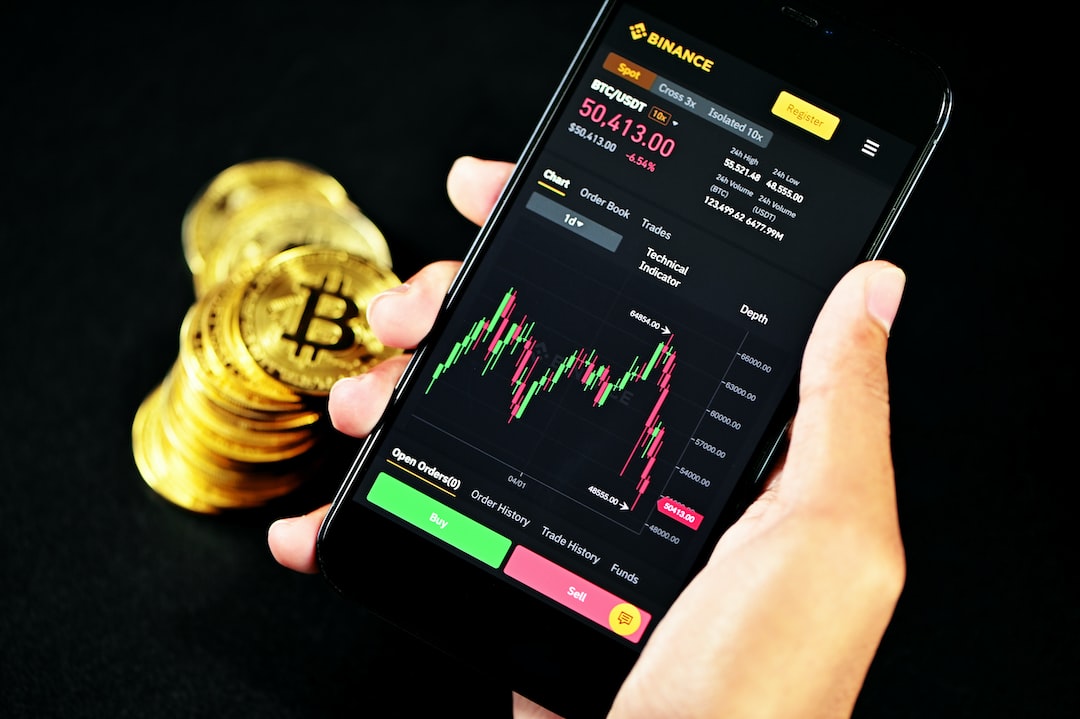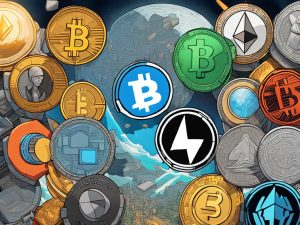L2 Blockchains and Vitalik Buterin’s Insights
If you follow the crypto world, you’ve likely noticed the exponential growth of Layer 2 (L2) solutions over the past year. These solutions come in different forms, including EVM Rollups, sidechains, or Validiums that use zk-proofs. Vitalik Buterin, a prominent figure in the crypto community, has long been a supporter of L2 blockchains. Recently, he wrote a compelling blog addressing some of the key issues faced by L2 blockchains and their bridges.
L2 Blockchains Are Becoming More Diverse
Buterin notes that more L2 blockchains are joining the ecosystem, offering essential features such as fast and affordable transactions. For Ethereum users who have been frustrated by high gas fees, these L2 solutions provide relief with fees as low as $0.10. However, explaining the need to pay even this minimal fee to Web2 users who have never encountered transaction fees presents a challenge. This is an issue that centralized apps and smaller L1 chains may also encounter.
Buterin emphasizes the importance of finding a balance between trade-offs as L2 blockchains are developed, particularly when it comes to decentralizing centralized apps and ensuring high security. Games and social media platforms prioritize decentralization, even if it means accepting a lower security level. On the other hand, current L1 chains seeking to transition to Ethereum may face limitations with existing roll-up technology.
The Tradeoff Between Security and Scalability
One of the key challenges highlighted by Buterin is the tradeoff between security and scalability in L2 blockchains. For instance, when an L1-issued asset is deposited on an L2 and then sent back to L1, certain technological trade-offs must be considered. There are two primary ways L2 blockchains can address this issue, each with its own set of advantages and drawbacks.
Additionally, Buterin raises the question of whether having a bridge automatically categorizes a chain as a validium and offers a hard fork as a potential solution to ensure continued communication between bridged chains.
Conclusions
Ultimately, Buterin underscores the importance of evaluating the security of both withdrawing to and reading Ethereum, as apps can fall anywhere on this spectrum depending on their prioritization of security and scalability.
Hot Take: Understanding Tradeoffs in Layer 2 Blockchain Development
Layer 2 blockchain development is rapidly evolving, bringing both opportunities and challenges to the crypto space. Vitalik Buterin’s insights shed light on the critical trade-offs involved in this process, encouraging developers and stakeholders to carefully weigh the implications of security and scalability for the broader adoption and success of L2 solutions.





 By
By
 By
By
 By
By
 By
By
 By
By